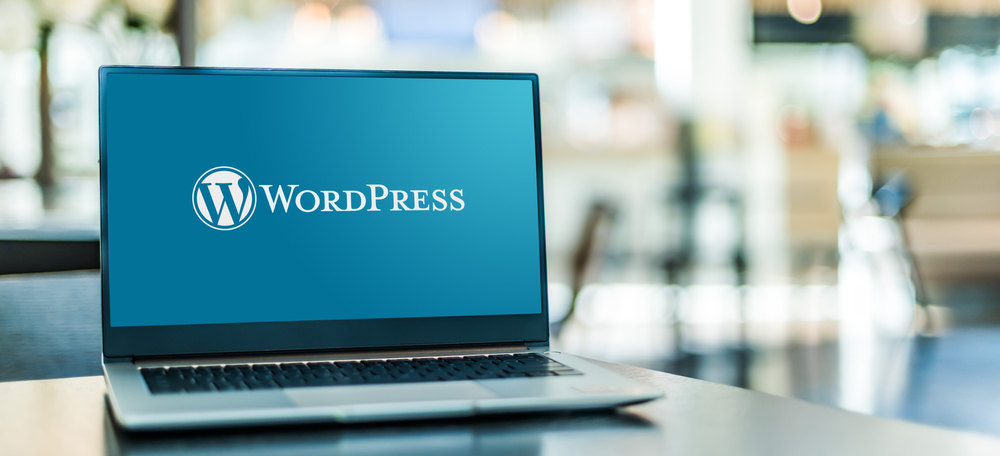
Mastering WordPress: Essential Customization and Maintenance Tips

WordPress has emerged as one of the most popular content management systems (CMS) in the world. Its flexibility, ease of use, and vast range of customizable features make it a go-to choice for individuals and businesses looking to establish a strong online presence. Whether you're a beginner or an experienced user, this article will provide you with essential customization and maintenance tips to help you master the art of WordPress .
1. Choose the Right Theme:One of the key aspects of WordPress (WP) customization is choosing the right theme. With thousands of options available, it's essential to pick a theme that suits your brand, showcases your content effectively, and is regularly updated by its developer. Paid themes often provide additional features and come with dedicated support, while free themes are a cost-effective option for those on a budget. Remember to choose a responsive theme that adapts well to different screen sizes, ensuring a seamless user experience across devices.
2. Install Essential Plugins:
To extend the functionality of your WordPress (or WP) website, it's crucial to install the right plugins. Plugins are add-ons that offer specific features and tools to enhance your site's performance and user experience. However, it's important to strike a balance between necessary plugins and excessive ones that can slow down your site's speed. Some essential plugins to consider include Yoast SEO for search engine optimization, WooCommerce for setting up an online store, and WP Super Cache for optimizing website loading speed.
3. Customize the Appearance:
Customizing the appearance of your WordPress site is an excellent way to make it unique and reflect your brand identity. The WordPress (the platform for bloggers) Customizer, accessible from the admin dashboard, allows you to change various appearance settings, such as fonts, colors, and layouts. Additionally, you can add a custom logo and favicon, customize menus and widgets, and create a dynamic homepage using the available theme options. Remember to preview any changes before applying them to ensure they align with your vision.
4. Optimize for SEO:
Search engine optimization (SEO) plays a vital role in improving your website's visibility in search engine results. WordPress (the blogging platform) offers several plugins, such as Yoast SEO, that can help you optimize your site for search engines. By implementing effective SEO practices like keyword research, meta tag optimization, and content optimization, you can increase your chances of ranking higher and attracting organic traffic to your site. Regularly monitor your site's performance using tools like Google Analytics to identify areas for improvement and make data-driven decisions.
5. Ensure Site Security:
Maintaining the security of your WordPress site is crucial to protect it from potential threats. Start by regularly updating WordPress core, themes, and plugins to their latest versions as these updates often contain security patches and bug fixes. Use strong, unique passwords and consider implementing two-factor authentication for enhanced security. Additionally, install a reliable security plugin such as Wordfence or Sucuri, which can help identify and mitigate any potential security vulnerabilities.
6. Backup Your Website:
Regularly backing up your website is essential to protect your hard work and ensure that you can easily restore your site in case of any unforeseen events such as hacking or server failures. Many WordPress plugins and hosting providers offer automated backup solutions. It's also worth considering a remote backup solution to store your backup files in a secure off-site location for added protection and peace of mind.
7. Optimize Website Performance:
Website performance plays a crucial role in user experience and search engine rankings. Slow-loading websites can lead to higher bounce rates and frustrate visitors. Optimize your site's performance by compressing and resizing images, enabling caching, and minimizing HTTP requests. Consider using a content delivery network (CDN) to deliver your site's static files from servers closer to your visitors, reducing their load time. Regularly monitor your site's performance using tools like Google PageSpeed Insights or GTmetrix and address any identified performance bottlenecks.
Frequently Asked Questions:
1. Can I switch themes after setting up my WordPress website?Yes, you can switch themes at any time without losing your existing content. However, it's recommended to create a backup of your website before making any significant changes to ensure a smooth transition.
2. Are paid themes better than free themes?
Paid themes often offer more advanced features, dedicated support, and regular updates. However, free themes can be a good starting point for beginners or those on a budget. It's important to choose a theme that suits your specific needs and is regularly updated by its developer.
3. How often should I update WordPress and plugins?
It's essential to regularly update WordPress core, themes, and plugins to their latest versions. These updates often contain security patches, bug fixes, and new features. As a best practice, check for updates at least once a month and apply them promptly.
4. Is it necessary to have a backup solution for my WordPress site?
Yes, having a backup solution for your WordPress site is crucial to ensure you can easily restore your site in case of any unforeseen events. Several plugins and hosting providers offer automated backup solutions, making it easy to schedule regular backups.
5. How can I improve my site's search engine rankings?
Improving your site's search engine rankings involves implementing effective SEO practices. Start by conducting keyword research and optimizing your content, titles, meta tags, and descriptions with relevant keywords. Additionally, focus on generating high-quality backlinks and consistently creating valuable, shareable content.
In conclusion, mastering WordPress is a continuous learning process. By following these essential customization and maintenance tips, you can enhance your website's functionality, appearance, security, and performance. Keep exploring the vast WordPress ecosystem, experiment with different plugins and themes, and stay up to date with the latest trends and best practices to make the most out of this powerful CMS.
Other useful resources
- https://www.wordpress24plus.com/services/
- https://www.wordpress24plus.com/topics/wordpress-tips-and-tricks/
- https://www.wordpress24plus.com
- https://www.wordpress24plus.com/services/wordpress-developer/
- https://www.wordpress24plus.com/services/wordpress-development/